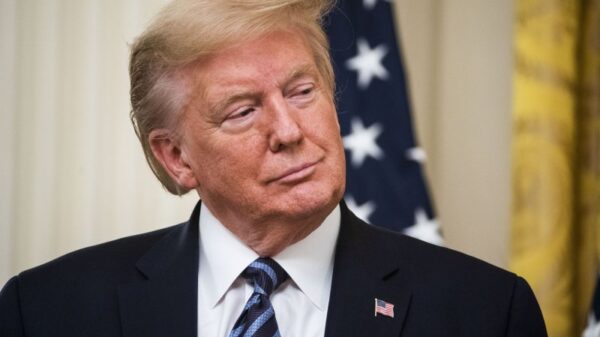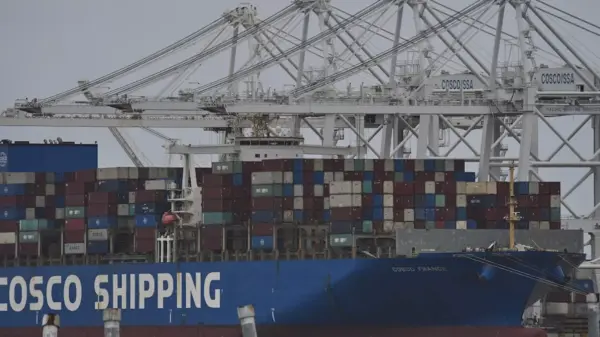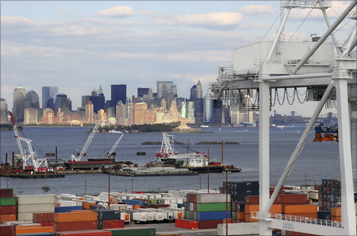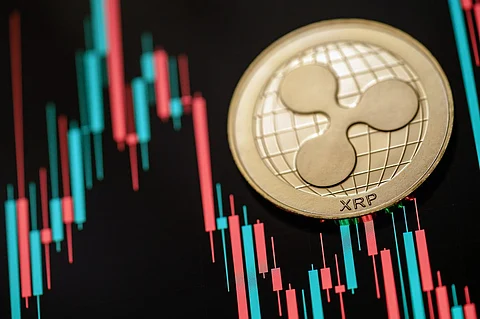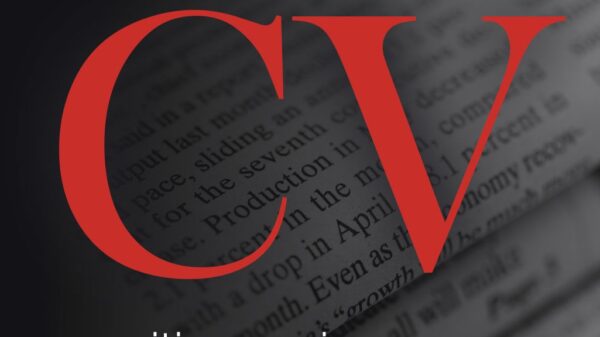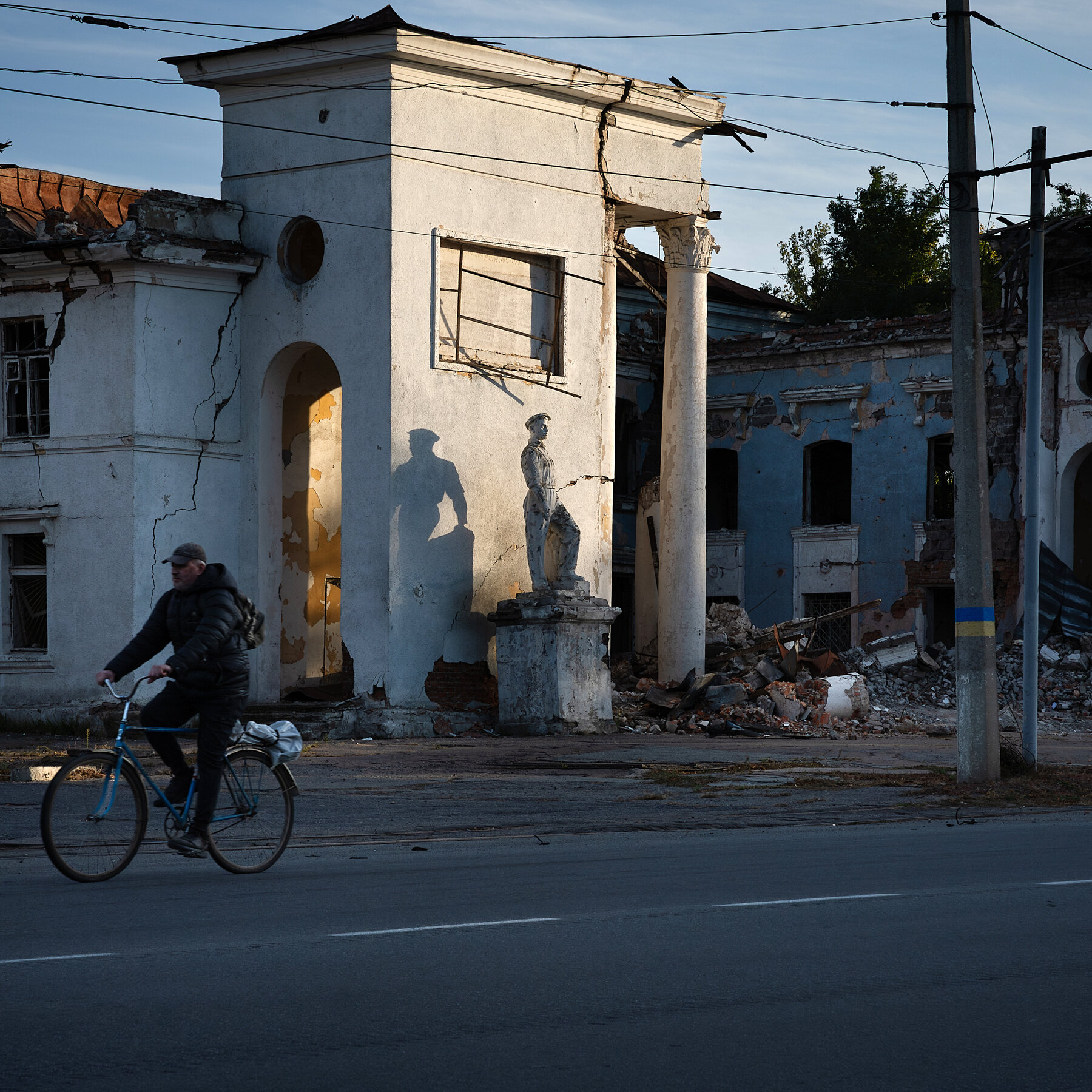European Union officials are on the verge of finalizing a significant political agreement to facilitate a substantial loan for Ukraine, leveraging frozen Russian assets held in a Belgian financial institution. This initiative aims to provide critical financial support to Ukraine as it navigates ongoing challenges.
The proposed loan, which could amount to several billion euros, relies on the approximately €300 billion worth of assets that were frozen in response to Russia’s actions in Ukraine. These funds, initially intended for Russia, now stand as a potential lifeline for Ukraine, bolstering its economy amid the ongoing conflict.
October 2023 marks a pivotal moment for EU leaders as they gather to discuss the terms of this financial arrangement. If an agreement is reached by Thursday, it could pave the way for the rapid deployment of funds aimed at aiding Ukraine’s recovery and stabilization efforts.
Financial Impact and Support for Ukraine
The financial aid is expected to help address urgent needs in Ukraine, including infrastructure repair and humanitarian assistance. The transformed assets could thus play a dual role: providing immediate relief while also sending a message of solidarity to the Ukrainian people.
European officials are emphasizing the importance of ensuring that these funds are effectively managed and allocated. The plan highlights a broader strategy within the EU to support Ukraine during a time of unprecedented economic strain.
EU officials are also in discussions about the potential mechanisms for oversight, which would ensure that the funds are used for their intended purpose. As tensions continue to rise, this initiative reflects a commitment to not only support Ukraine but also to hold Russia accountable for its actions.
Next Steps and Broader Implications
As the discussions progress, the implications of this agreement stretch beyond immediate financial relief. It signifies a crucial step in the EU’s ongoing efforts to reinforce economic ties with Ukraine while countering Russian influence in the region.
The proposed loan could serve as a model for future financial interventions, showcasing the EU’s capability to adapt and respond to geopolitical challenges. Should this plan be successfully implemented, it may encourage other nations to consider similar measures in their dealings with Russia.
In conclusion, the potential agreement for a loan backed by frozen Russian assets not only represents a significant financial commitment but also underscores the EU’s strategic objectives in supporting Ukraine during a critical juncture. As negotiations continue, the world watches closely, recognizing the broader impact this decision may have on the geopolitical landscape.












